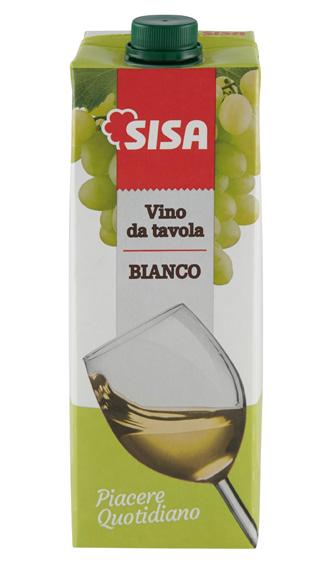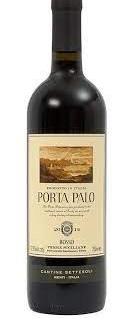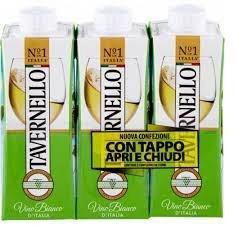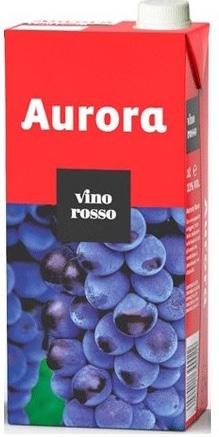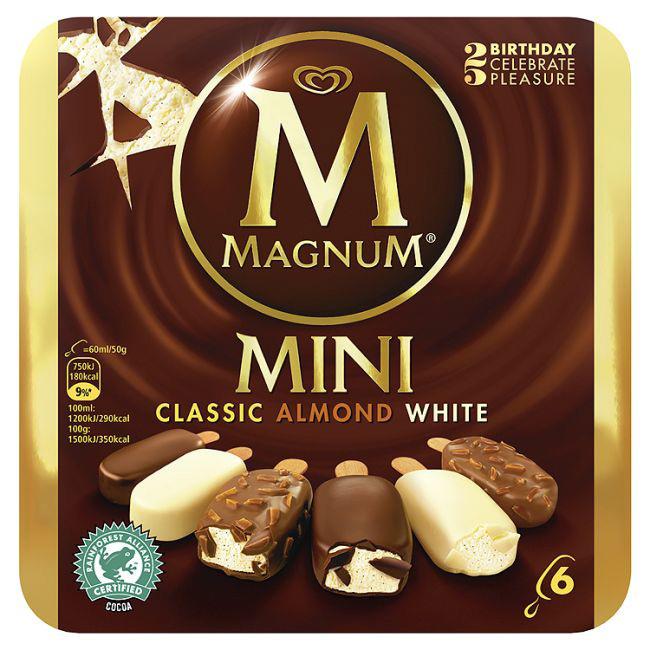







We care about the ingredients, so you can care about making it special!
Cares about you!

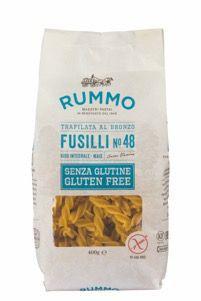






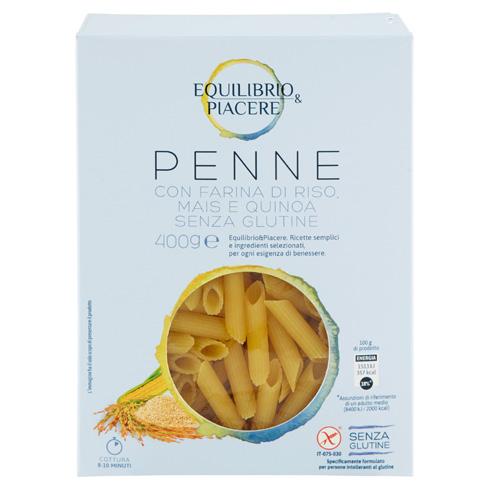
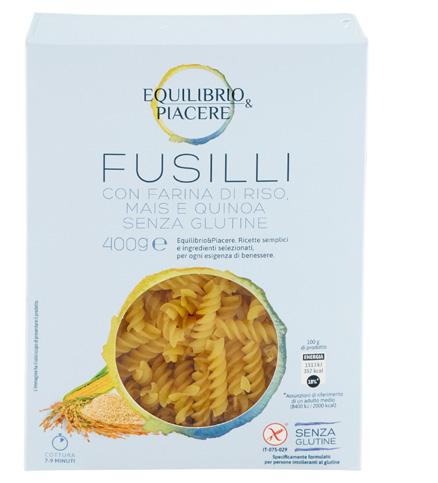



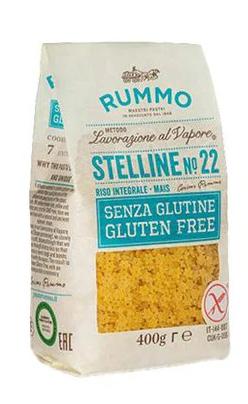










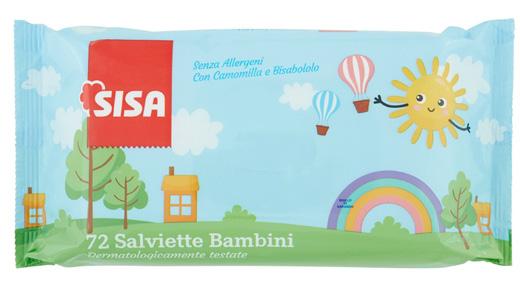



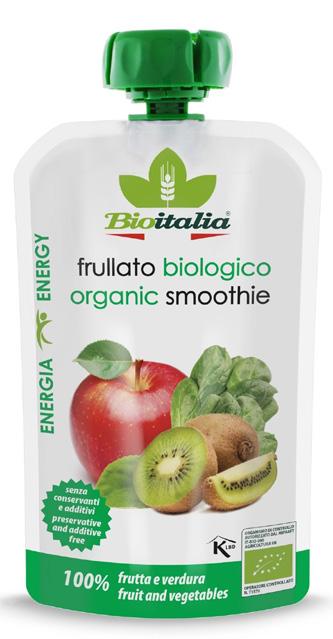
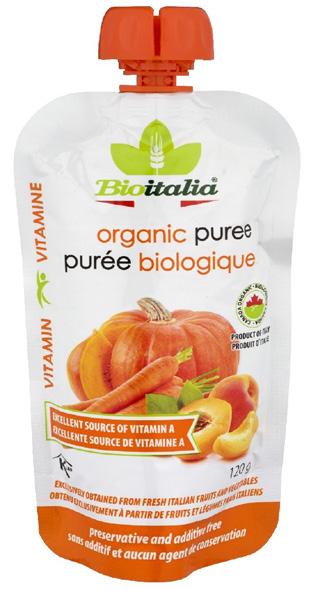

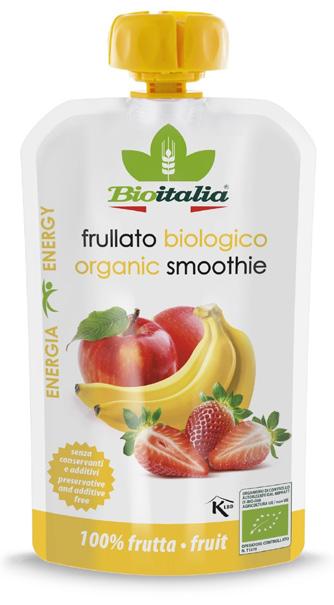

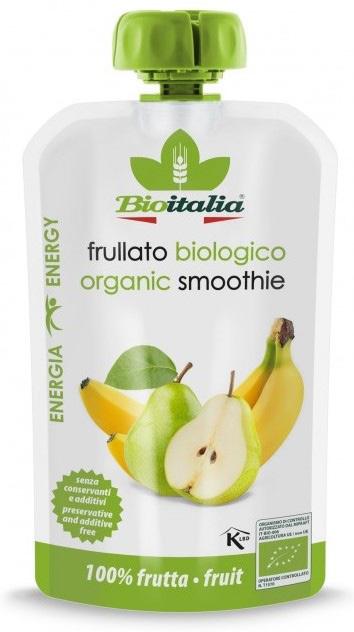


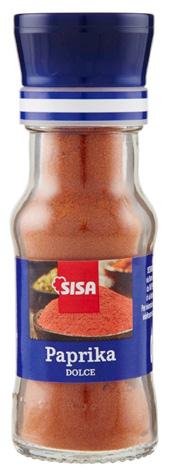
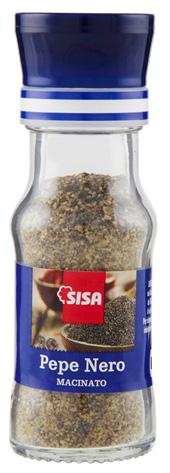





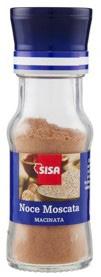

















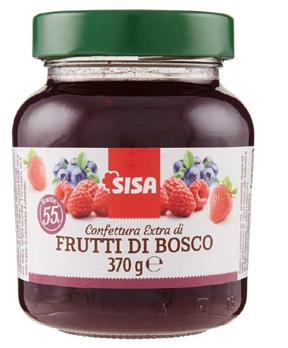




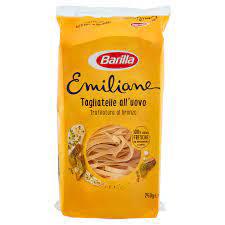
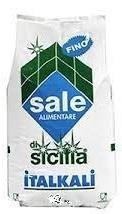


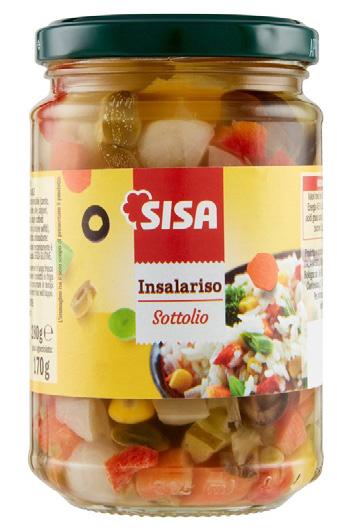
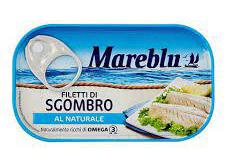

 Dietitian Services, Malta
Dietitian Services, Malta
Despite plenty of information at our fingertips, it can often be difficult to conclude what a healthy, balanced diet and healthy lifestyle looks like for each of us infdividually. In fact, there is a big misconception as to what ealthy eating actually is. Let me clarify. Healthy eating is feeling energetic, improving your health and overall well-being. A healthy, balanced diet should contain appropriate amounts of carbohydrates, proteins and fats, also known as macro-nutrients
A simple guideline to this is ‘The Eatwell Guide’ where all the macro-nutrients are divided in five main food groups. These food groups include grains, dairy, protein, fruit and vegetables. The Eatwell Guide is generally a good starting point for any diet and the portions of each respective food group will depend on age, genetic makeup, and physical activity.
Grains are complex carbohydrates such as bread, pasta, rice, quinoa, couscous, noodles and potatoes. These grains can be split further into two categories: whole and refined grains. Whole grains are more nutritious because they contain more fibre, vitamins and minerals. Therefore, whole grains tend to be a better option than refined (white) grains.
All type of milk and products derived from milk are a good source of calcium and proteins. These includes food items such a milk, yogurt, and cheese. In recent years, cow’s milk and dairy products have been a controversial member of the food group and as such, many nutritionally comparable dairy alternatives have been provided with greater nutritional value such as soy, almond, and cashew milk. Milk, dairy products and milk alternatives are important in our diets as they provide calcium. Lack of calcium absorption can lead to osteoporosis. Osteoporosis is a degenerative bone disease that results in porous, weak, and brittle bones.
The protein food group is made up of foods that are primarily protein sources such as meat, poultry, beans, peas, eggs, and nuts. It is advisable that meat and poultry sources be lean and low fat as much as possible. It is important that red meat such as beef is included in your diet once a week as it is a good source of much needed iron.
Fruit can be consumed fresh, canned, frozen, dried, pureed, or juiced. Due to the high sugar content of fruits, it is advisable to construct a dietary balance based on age, activity levels, gender and any medical conditions you may be faced with.

“Healthy eating is feeling energetic, improving your health and overall well-being.”
Vegetables can be consumed raw, cooked, dehydrated, canned, whole, juiced, or mashed. Vegetables can also be separated into five subcategories including dark-green vegetables, starchy vegetables, red and orange vegetables, beans and peas, and ‘other’ vegetables. The portion size of each will depend on which subcategory it belongs to considering that some vegetables are more nutrient dense than others.
A proper nutritional diet and healthy lifestyle is also important in children. A good or bad diet can affect young children throughout the rest of their lives. Children who do not obtain proper nutrients as they develop, can suffer from physical and medical conditions.
Some of the most common issues for malnourished children include obesity, osteoporosis, decreased muscle mass, changes in hair volume and texture, fatigue, irritability, and type 2 diabetes.
Children can be picky and at times, avoidant or inflexible. Research shows that it is best to avoid battles over food and meals. Ideally, parents should provide regular snacks and meals. If your young child refuses certain foods, it is best to let it go and try again at another time. Chances are, they will start to warm up to the options provided. As previously mentioned, young children are developing their independence and opinions and, as such, they are subject to vary.
Fluid intake should be around 2L per day, especially during summer. However, the fluid requirements may increase to 3L per day if you also exercise during the day. This depends on the duration and intensity of the exercise you partake in. It is important to remain well hydrated in either circumstance.
During summer, dehydration is quite common due to the high temperatures, therefore proper hydration is of major importance.
Dehydration is when your body loses water faster than you can consume. Common causes for dehydration are excessive sweating, vomiting and diarrhoea. Dehydration is important to be treated as it can lead to life-threatening complications such as heat exhaustion, heatstroke, seizures, kidney failure and ultimately a coma.
There are various signs and symptoms for dehydration.
These include:
• Fatigue
• Dry mouth
• Increased thirst
• Little urination
• Dry skin
• Constipation
• Dizziness
• Headache
• Low blood pressure
• Rapid heart rate
• Rapid breathing
If you experience any of the above symptoms first thing you should consider, is how many glasses of
“A proper nutritional diet and healthy lifestyle is also important in children. A good or bad diet can affect young children throughout the rest of their lives.”
water you consumed during the day. If, less than 500ml then head for a glass of water, wait 15 minutes and check if you feel better. If you feel slightly better, continue to drink more fluids as it could be a sign of dehydration. However, if after drinking a glass of water you don’t feel better, the root cause may be something completely different.
Food labels
Another important factor to maintain a healthy, well balanced diet are understanding your food labels. Food labels are important information found on each food product as these also provide instructions. This information helps you make informed decisions when buying foods for you and your family. A food label will contain information such as teh beneath and assist you in making healthy choices.
1. The food product
2. Manufacturer’s details
3. Nutrition information
4. Ingredients
5. Expiry date
6. Directions for usage and storage
7. Allergens
8. Additives
9. Any nutrition and health claims
Nutritional Tip:
Start your day with breakfast in the morning, lunch at around mid-day and dinner in the evening. Healthy snacks (2-3) should also be included in between meals. These may vary according to the level of physical activity and any medical conditions such as waking up with heart burn, obesity, diabetes, picky eating, etc. which may require professional assistance in order to prevernt or treat.
And finally, a great tip for all the BBQ lovers...
Everyone loves those summer BBQ’s. Unfortunately, it is not recommended to eat BBQ frequently due to the formation of carcinogens. However, I have a healthy tip for you! You can first cook your meat as you would usually and then place it on teh BBQ for 10 minutes to get that deep, rich smokey flavour we seek. This will inhibit or at least reduce the formation of carcinogens whilst retaining that great taste.
In short, moderation should be considered with every meal. Remain hydrated properly in the heat and always consider what you’re eating. Armed with your new knowledge on food, this should become easier and guide you and your family to a healthier more rewarding lifestyle!
Rowinda Dimech is a quali ed dietitian at Regsitered Dietitian Services, Malta and has kindly agreed to collaborate with daves Food Stores throughout the month in order to provide you with information to improve your food knowledge and overall health. If you or a loved one require professional assistance with your dietary planning or you have related queries she can be reached at for a formal consultation at associated applicable rates.









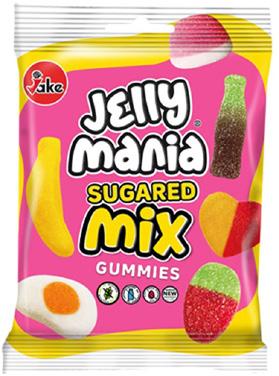




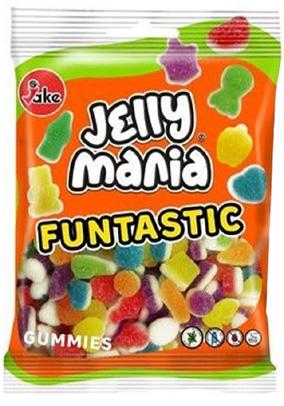
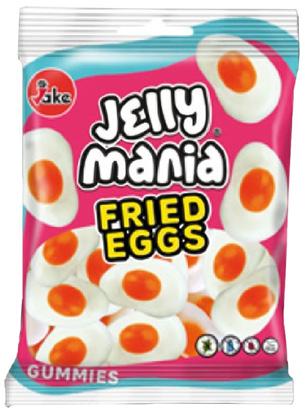


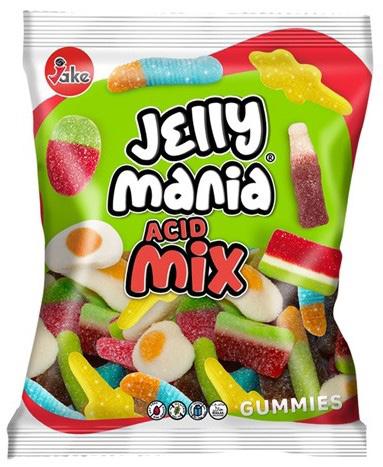
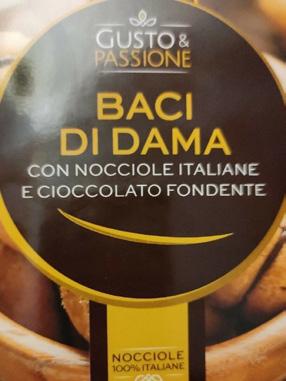


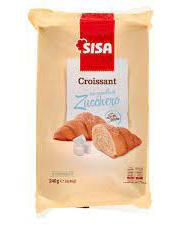


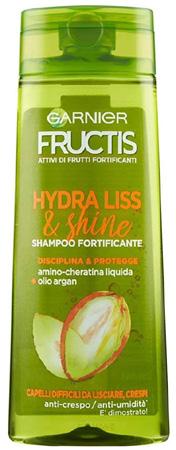





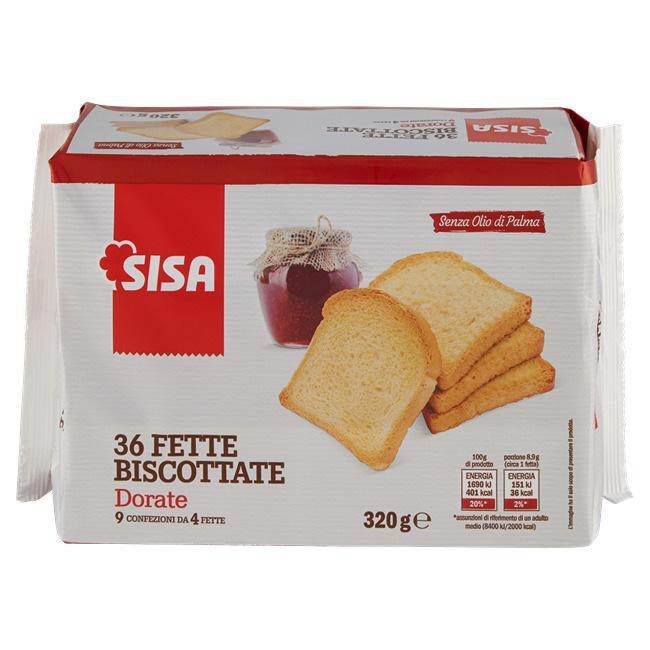


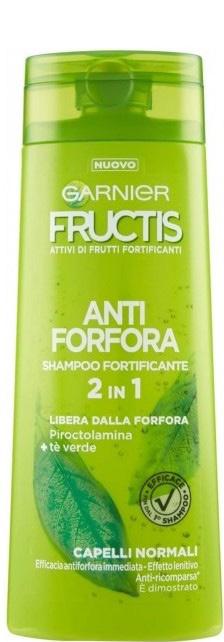
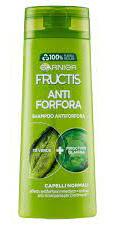
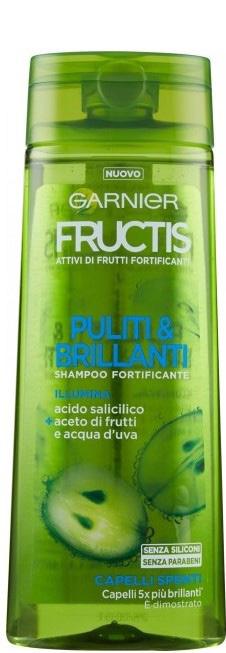








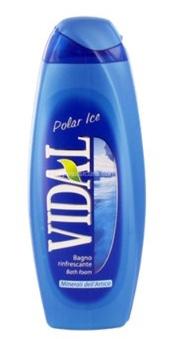






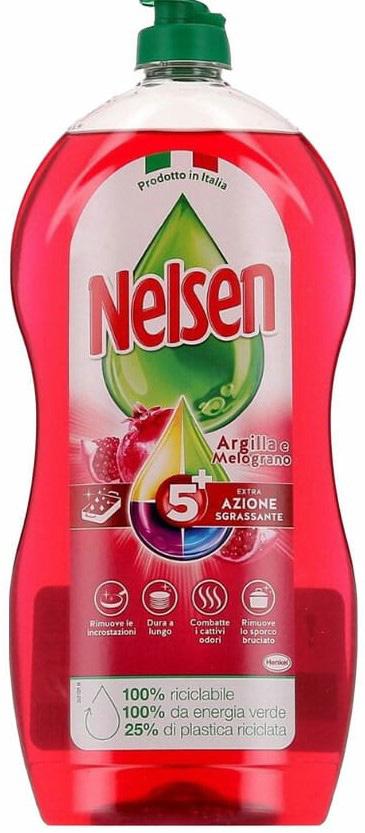
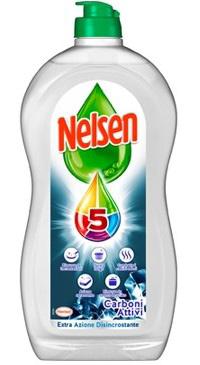



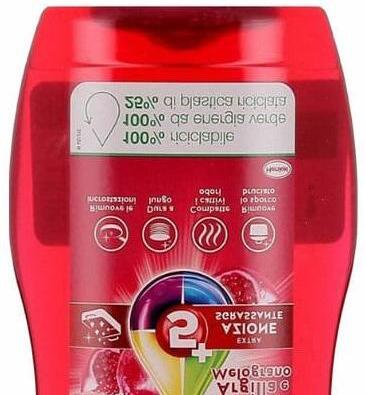




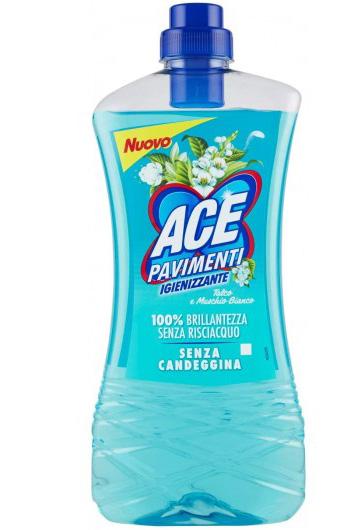


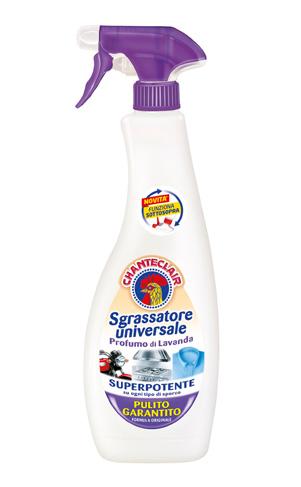









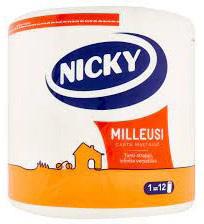










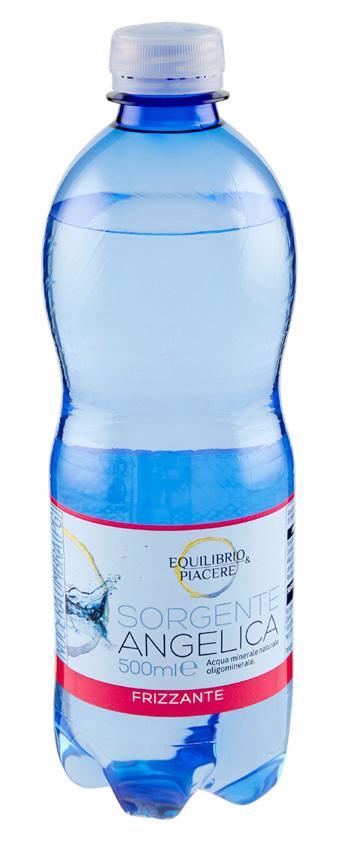



 ~ Courtesy: Rowinda Dimech. Registered Dietitian Services, Malta
~ Courtesy: Rowinda Dimech. Registered Dietitian Services, Malta
At first glance, the ingredients of this recipe might appear ‘unhealthy’, but according to Rowinda Dimech, a dietitian from Registered Dietitians Services in Malta “everything can be healthy & everything can be unhealthy. It depends on the portion size.” Balance is key.
Food should offer a sensory pleasure to your taste buds, but keep moderation in mind. This baked pasta receipe contains a variety of herbs which are full of anti-oxidants to protect our body from harmful substances and radicles. In addition, wholemeal pasta can be used to make it full of fibre which contains vitamins and minerals.
All-&-all, rich in vitamins, minerals and anti-oxidants but still offers a delicious taste to satisfy both your hunger and appetite! Perfect for Summer!
Ingredients
1 tablespoon vegetable oil
200g Maltese sausage
Half a cup mini pepperoni
450g tomato sauce
½ teaspoon dried mint
½ teaspoon dried basil
½ teaspoon oregano
240g wholemeal pasta
Black pepper
1 cup shredded mozzarella
Method
Preheat the oven to 150 degrees for 20 minutes. Put the vegetable oil in a pan and heat. Add the Maltese sausage and cook for about 4 minutes until browned. Add the pepperoni and heat for about 1 minute.
Add and stir the mint, basil, oregano and black pepper with the mixture. Cook the pasta according to the pack instructions.
Voila. It’s done.



